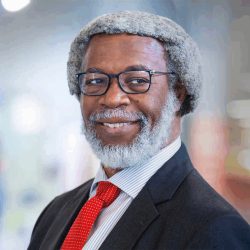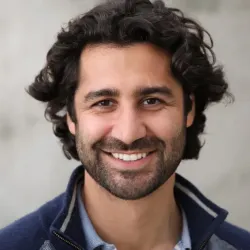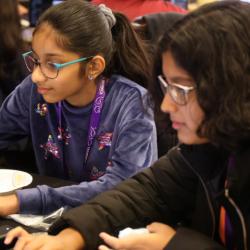Diamonds Are a Quantum Sensing Scientist’s Best Friend
We all know that diamonds can hold great sentimental (and monetary) value. As luck may have it, diamonds—particularly defective ones, with little errors in their crystal structure—also hold great scientific value. The defects have properties that can only be described by quantum mechanics, and researchers are working on harnessing these properties to pick up on tiny signals coming from individual biological cells.
In this episode of Relatively Certain, Dina sits down with defective diamond expert Ronald Walsworth, the founding director of the Quantum Technology Center at the University of Maryland (UMD), as well as Minta Martin professor of electrical and computer engineering and professor of physics at the UMD. Walsworth is also a member of the Institute for Research in Electronics & Applied Physics and a Fellow of the Joint Quantum Institute. Walsworth explains how diamond defects can be used as superb magnetic field sensors and discusses recent strides toward using them to image the insides of individual cells. More details on these advances can be found in two recent(link is external) publications(link is external) from Walsworth’s lab.
This episode of Relatively Certain was produced by Dina Genkina, Chris Cesare and Emily Edwards. Music featured in this episode includes Picturebook by Dave Depper, The Jitters and Apogee by Metre and Examples by Ketsa, with sound effects by Brian Little. Relatively Certain is a production of the Joint Quantum Institute, a research partnership between the University of Maryland and the National Institute of Standards and Technology, and you can find it on iTunes(link is external), Google Play, Soundcloud(link is external) or Spotify(link is external).







